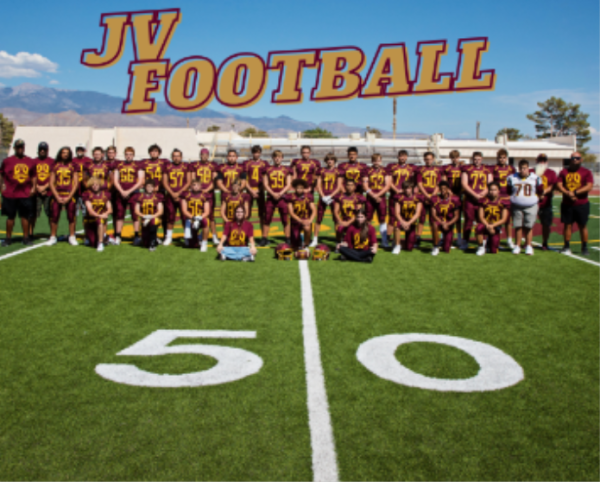The Great Pacific Garbage Patch
There is a vast amount of trash in the Pacific Ocean called “ Trash Island.” It affects us and marine life, harming physical habitats and interfering with human uses of rivers, marine, and coastal environments. The Trash Island was founded in 1997 by Captain Charles Moore, an American oceanographer. Moore, believes that about 100 million tons of trash circulate in the region.
The garbage is plastic which means that is not easily biodegradable. The Island is comprised of garbage, and debris floating in the current and piling up in one spot.
Yvette Beyes, PVHS Sophomore said, “I think the Trash Island is terrible because of all the plastic and everything that could harm the animals.” The plastic can trap animals such as seagulls, sea turtles, seals, sea lions, and entangle them so they can’t breath. The garbage also blocks sunlight so the algae is not growing as it should be. Algae makes oxygen for us as well, so it is a vital part of the environment.
The Island takes up 8.1% of the ocean, which relatively speaking is twice the size of Texas. The sea-foam beneath Trash Island may also be an underwater trash heap at the bottom of the ocean, about 70% of marine debris sinks to the bottom of the ocean.
The Island can be cleaned up with time and money, roughly one billion dollars. We should invest the money to clean it up because it will help save marine life, algae will start to grow, the marine habitats will improve and be home to healthier animals.
Tori Pena, PVHS Sophomore, said, “I think we could start strictly using metal and glass instead of having to throw away plastic and paper things.” Plastic is recyclable but about 79% end up in the ocean anyways. Metal and glass are recyclable and can both be used multiple times which means less waste in landfills and the ocean.
To clean up the trash island a 2,000 foot barrier with a 10 foot long skirt that hangs below it, will be set out to the ocean to test it for two weeks to make sure it works and acts accordingly to plan, created by the ocean clean up. The barrier should be able to clean up the trash on the surface and let fish and other marine life swim safely underneath, Other boats will assist by picking up the trash and taking it back to the mainland for recycling.
Alyson Fredricks, PVHS Sophomore, said,”I think we should try and find a way we can chemically decompose the Trash Island in an environmentally safe way.” Chris Faulkner, Vice President of Technology and project management at Agilyx, a company that spends its time finding ways to chemically recycle plastics and polymers, has developed a chemical process to recycle polystyrene. He uses pyrolysis, a way to decompose plastic with high temperature, to break down polystyrene, heating it in an oxygen-deprived environment so the plastics doesn’t burn. Doing that, he can find a way to recycle it.
The Trash Island interferes with the food web, causing ghost fishing and carries toxins up the food chain. Ghost fishing happens when lost or abandoned fishing gear entangles the marine animals and causes coral reefs and sea-grass destruction. The marine animals mistake small bits of plastic for food which they then digest, and it causes them to starve to death as it blocks the digestive process.
The Trash Island causes harm to us and to animals and habitats, interfering with our food chain and poisoning our marine life. The island kills marine life and ruins the ocean and needs to be cleaned up to help the marine life prosper.






Dylan Caha • Feb 21, 2020 at 1:37 PM
Your story is really informative and gives tons of insight on the garbage patch! Nice story and good job!
Tori Pena • Nov 15, 2019 at 1:04 PM
I really liked this article it gave a lot of useful information and filled in the readers about the island .
Tristan Coleman • Nov 6, 2019 at 11:09 AM
Your story is well put together; however, I believe that the story is lacking a few key components. There could have been more emphasis on how we would clean up this trash pile; furthermore, you could have provided an image of the “trash island” to further convey just how immense this island is. You also could’ve given detailed advice of how the average person can help this cause.
Rusty • Oct 12, 2019 at 9:30 PM
I think our world needs to be taken more care of, not just the ocean or the earth but the people who live on it. Thank you for reading this and have a nice night or day.